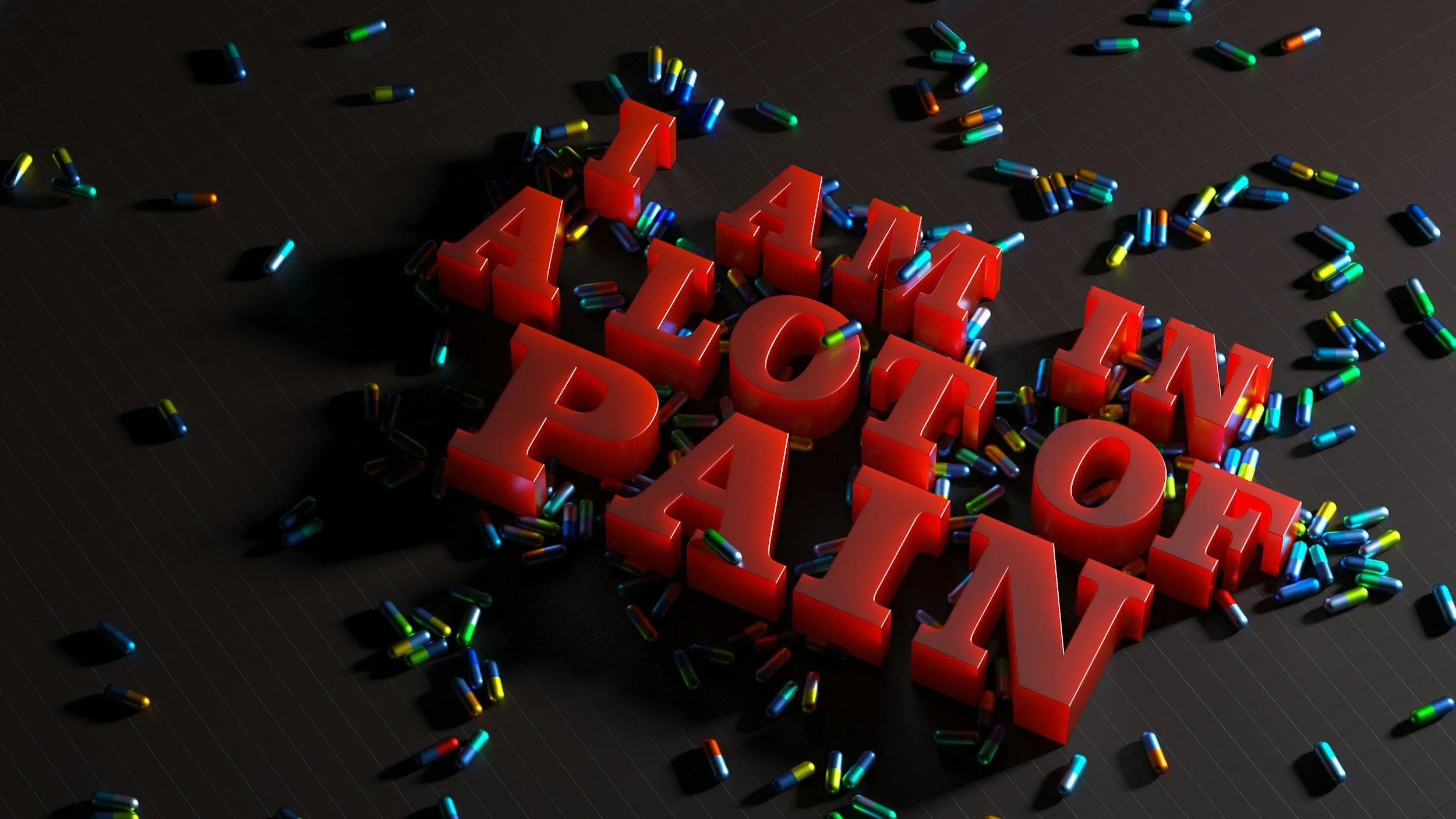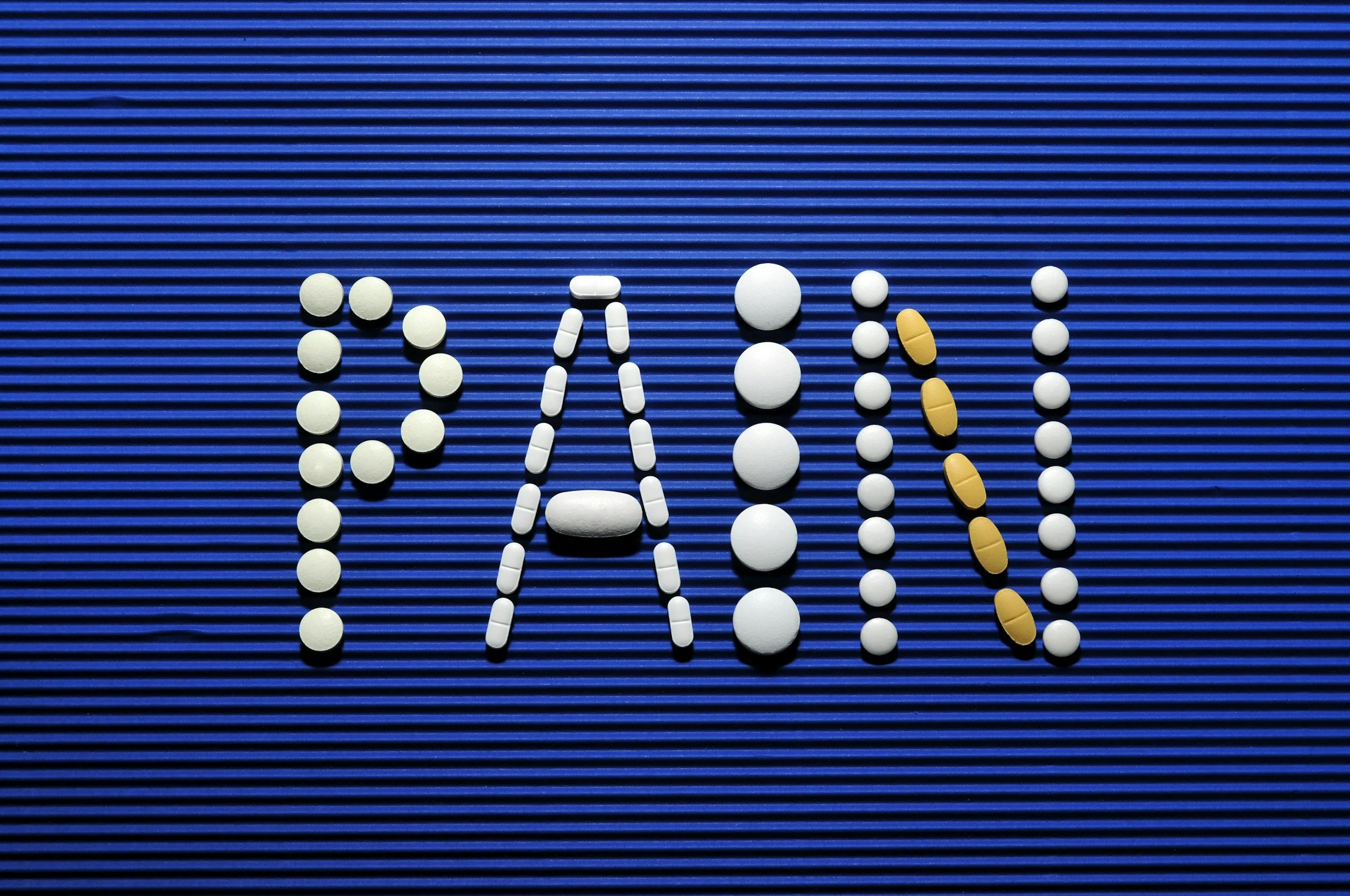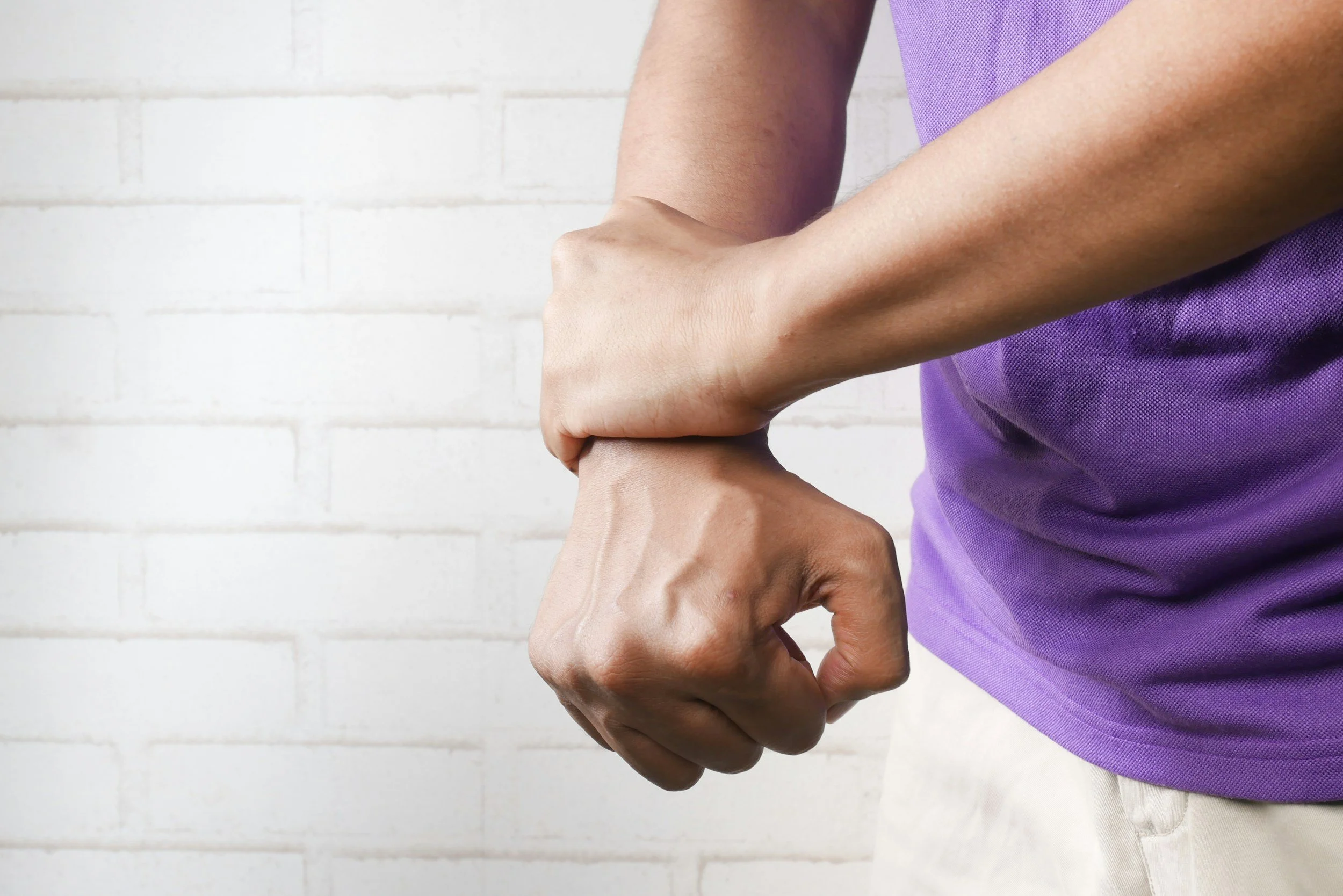Blog
Helpful tips, stories and news

The Truth About Spinal Manipulation and Back Pain.

Why Spinal Manipulation Isn’t “Realigning” Your Spine.
Spinal manipulation is often described as a way to “realign” the spine or “put joints back into place”. This language is still used in some areas of manual therapy - particularly Chiropractic - but modern research shows that this is not what’s really happening.
It is important to understand what manipulation does, and just as importantly, what it does not do… when to do it, and when not to do it.

What is Spinal Manipulation? (“The Clicking” technique)
Spinal manipulation is a manual therapy technique used by Osteopaths, Physiotherapists, and Chiropractors to help relieve pain and improve movement. It is a commonly recognised forms of hands-on treatment for musculoskeletal problems, particularly those involving the back and neck.
However, what actually happens during a spinal manipulation – and how it works – is often misunderstood.

Why does your foot health matter as you age?
Our feet carry us through life, yet they are often neglected until pain or mobility problems arise. As we age, changes in strength, balance, and circulation can make the feet more vulnerable to discomfort and injury. Maintaining good foot health is essential for staying active, independent, and confident.

Why do my feet hurt?
Foot pain is incredibly common and can affect anyone, regardless of age or activity level. Our feet work hard every day — carrying our body weight, absorbing shock, and adapting to uneven surfaces. When pain develops, it can limit movement, affect posture, and reduce quality of life. As HCPC-registered Podiatrists, we help you understand the causes of foot pain and find effective, evidence-based solutions.

What could Podiatry do for you?
Our feet carry us thousands of steps each day, yet they are often overlooked until something goes wrong. Podiatrists are highly trained healthcare professionals who diagnose, treat, and help prevent conditions affecting the feet, ankles, and lower limbs Our Podiatrists plays an essential role in keeping you comfortable, mobile, and active.

The Problem with “Posture Correction” Treatments: What the Evidence Really Says
The idea of posture correction has been around for decades, often promoted by manual therapy professions such as chiropractic. You might have seen claims that poor posture causes pain and that with the right treatment, your spine can be “realigned” or “fixed”.
However, current scientific evidence tells a different story. As an Osteopath, Pilates Teacher and Personal Trainer, I believe it is time to move beyond outdated ideas of “posture correction” and towards a more modern, individualised approach.

The Basics of Strength Training - Injury Prevention Through Strength Work
Discover why strength training is key for injury prevention and recovery. Learn how it supports muscles, joints, and confidence in daily movement.

The Basics of Strength Training - Why Strength Training Matters for Injury Prevention and Recovery
Discover why strength training is key for injury prevention and recovery. Learn how it supports muscles, joints, and confidence in daily movement.

The Basics of Strength Training – What You Need to Know
Discover the basics of strength training. Learn how it supports joint health, prevents injury, aids recovery, and builds confidence in movement.

What Is Sciatica and How Can It Be Managed?
Learn what Sciatica is, common causes, symptoms, and how Osteopathy, exercise rehab, and movement therapy can help manage and reduce pain.

What is Pain? - Understanding Your Body’s Alarm System.
Pain is something we all experience, but what is it exactly? Many people assume pain always means injury or damage, but modern science shows it is far more complex. As an Osteopath and rehabilitation specialist, I often explain that pain is not just a signal from the body – it is the brain’s protective response.

“Trapped Nerve” - What is it?
The term “trapped nerve” is one many people use when describing pain, tingling, or numbness. But what does it actually mean? From an Osteopathy, rehabilitation, and movement therapy perspective, understanding what’s happening is key to choosing the right treatment approach.

“Oh I’ve had that!” - The comment that could do more harm than good.
We’ve all been there. You mention your back pain, that ‘dodgy shoulder’, or a recent injury—and almost immediately, someone chimes in with, “Oh, I’ve had that!” . It’s a well-intentioned phrase, often followed by advice on what worked for them, a miracle stretch they swear by, or a tale of their own recovery (or lack thereof). It’s a very human response—we want to empathise, to connect through shared experience - but when it comes to pain and injury, the “I’ve had that” response can sometimes do more harm than good.

Understanding Back Pain
Back pain is one of the most common reasons people visit a healthcare professional in the UK - and as Osteopaths, we see it every day in the clinic. Whether it’s a dull ache, sharp spasm, or persistent stiffness, back pain can be disruptive and debilitating. Yet with the right understanding and approach, most cases can be effectively managed or even prevented.

Flexibility and Mobility
At our clinic, we often see patients who are struggling with stiffness, restricted movement, or ongoing aches and pains—especially in the lower back, neck, hips, knees, and shoulders. One of the key factors behind these issues is a lack of mobility or flexibility—and often, both.

Hypermobility - More Than Just “Being Bendy”
Hypermobility is a condition where joints move beyond the normal range of motion due to increased ligament laxity. While some individuals with Hypermobility experience no adverse effects, others may develop pain, instability, and musculoskeletal issues that impact daily life. Understanding Hypermobility and seeking appropriate management, such as with the right Osteopath and/or Physiotherapist, can be crucial for maintaining function and wellbeing.

Basic Science of Pain
Pain is a universal human experience. It is a complex and highly individualised response that serves as the body’s alarm system. As Osteopaths, understanding the basic science behind pain helps us explain it to our clients and support their recovery.

What is Osteopathy?
Osteopathy is a patient-centred, holistic approach to healthcare that focuses on diagnosing, treating, and preventing musculoskeletal disorders. Osteopaths use a combination of hands-on techniques, movement assessments, and lifestyle advice to promote overall health and well-being. Recognised by the General Osteopathic Council (GOsC) and the Institute of Osteopathy, Osteopathy is a regulated profession in the UK and adheres to strict clinical and ethical guidelines.

